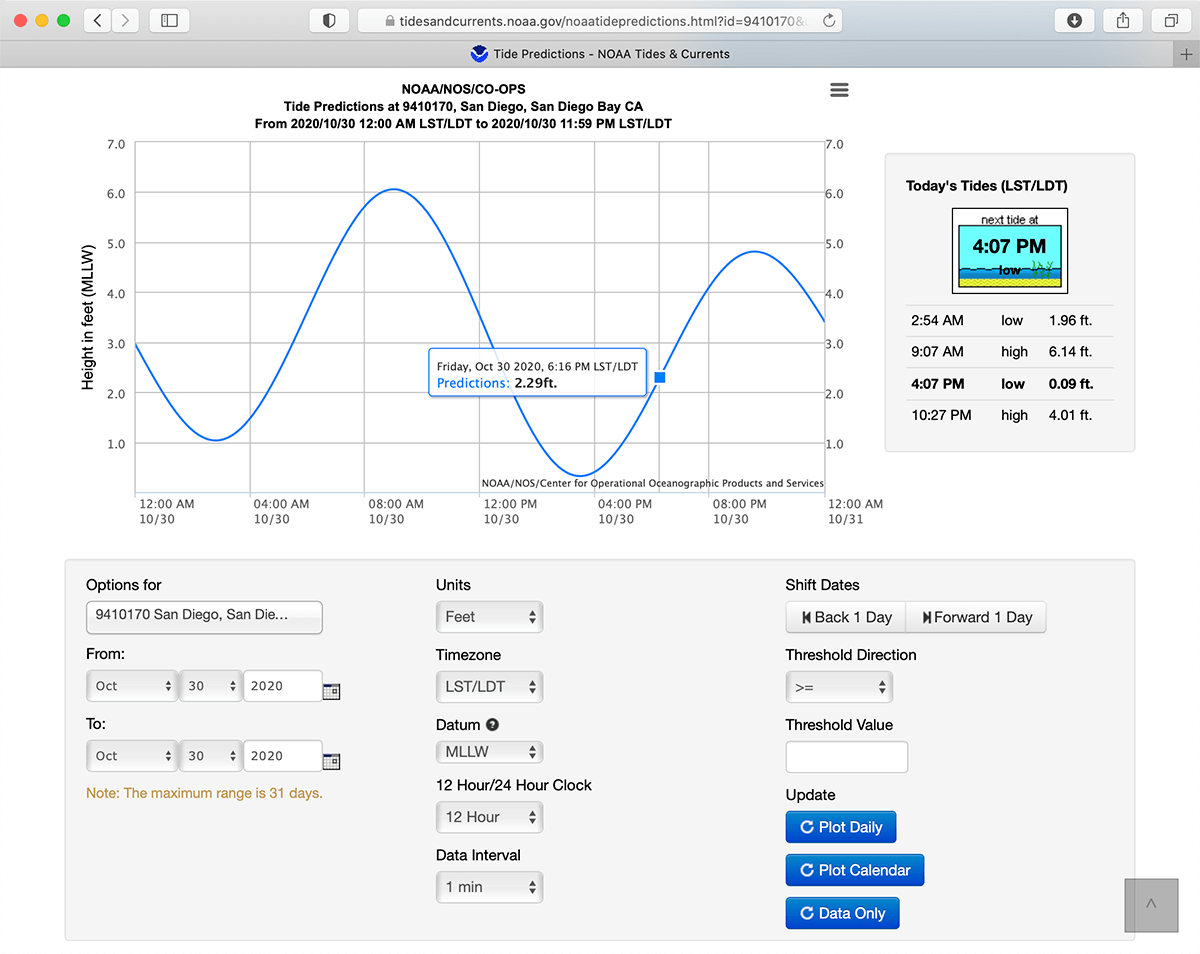

In a typical year, low water levels on the river begin to abate around early December, said Jeff Graschel, a National Weather Service hydrologist at the Lower Mississippi River Forecast Center in Slidell, La. McKenna Oxenden and Mike Ives contributed reporting. Also, rising sea levels are contributing to higher storm surge - the most destructive element of tropical cyclones. Hurricanes are also becoming wetter because of more water vapor in the warmer atmosphere scientists have suggested storms like Hurricane Harvey in 2017 produced far more rain than they would have without the human effects on climate. Data shows that hurricanes have become stronger worldwide during the past four decades.Ī warming planet can expect stronger hurricanes over time, and a higher incidence of the most powerful storms - though the overall number of storms could drop, because factors like stronger wind shear could keep weaker storms from forming. The links between hurricanes and climate change have become clearer with each passing year. For the past two years, meteorologists have exhausted the list of names used to identify storms during the Atlantic hurricane season, an occurrence that has happened only one other time, in 2005. Last year, there were 21 named storms, after a record 30 in 2020. Three to five of those could strengthen into what NOAA calls major hurricanes - Category 3 or stronger - with winds of at least 111 m.p.h. 30 - could see 14 to 20 named storms, with six to 10 turning into hurricanes that sustain winds of at least 74 miles per hour. In it, they predicted that the season - which runs through Nov. In early August, scientists at the National Oceanic and Atmospheric Administration issued an updated forecast for the rest of the season, which still called for an above-normal level of activity. Storm activity picked up in early September with Danielle and Earl, which formed within a day of each other, and Ian, which formed on Sept. 1 and none in August, the first time that has happened since 1997. There were only three named storms before Sept. Ian, which later regained hurricane strength before making landfall in South Carolina, followed a relatively quiet start to the Atlantic hurricane season, which runs from June through November. Ian barreled across the state as a powerful Category 4 storm, destroying neighborhoods and infrastructure, unleashing floods, wiping out power and killing at least 120 people, according to state and local officials. Julia formed 10 days after Hurricane Ian made landfall in Florida. Heavy rainfall could set off flash flooding and mudslides in parts of Central America, which could get five to 10 inches of rain, and up to 15 inches in isolated areas, the Hurricane Center said. Source: Observed and forecast storm positions from NOAA Source: Observed and forecast storm positions from NOAA Times are Eastern.


 0 kommentar(er)
0 kommentar(er)
